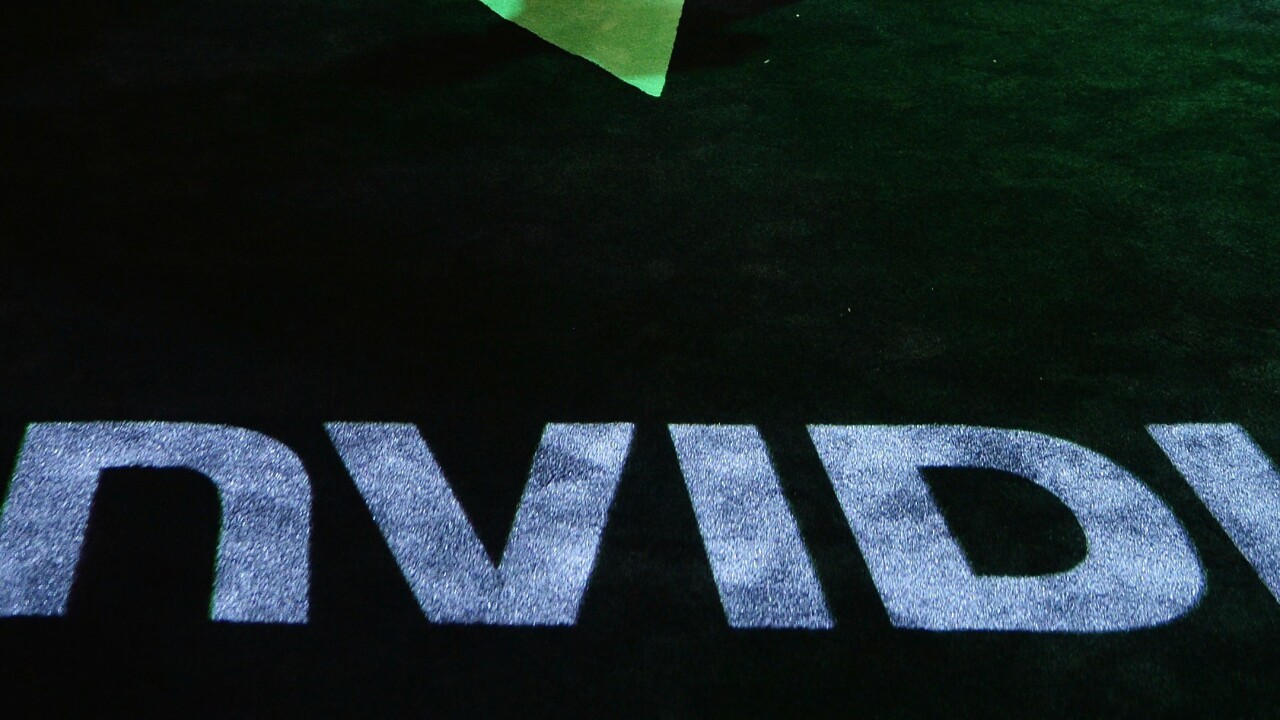
Graphics chip maker Nvidia has just announced a new business approach where it will license select GPU cores, starting with the Kepler architecture, and its visual computing patent portfolio to device manufacturers.
This isn’t a first for Nvidia, as it licensed a GPU core to Sony for the PlayStation 3 console. The company also currently makes $250 million a year from licensing patents to Intel.
Kepler is one of Nvidia’s key architectures, as it powers current-generation GeForce, Quadro and Tesla GPUs and is the basis for the next-generation Tegra mobile processor. Kepler GPU sales helped Nvidia post a solid fiscal first quarter last month as its earnings climbed 29 percent.
The new GPU and patent license fees could represent a sizable growth opportunity for Nvidia. David Shannon, EVP, General Counsel and Secretary at Nvidia, explained that the emergence of a “swirling universe” of new devices has made the new approach possible.
Reuters has Nvidia CEO Jen-Hsun Huang’s comments on the move: “The bottom line is the world has changed and we’re expanding our business model to serve markets that we historically could not serve by selling chips alone.”
According to the company, licensees will receive “all necessary designs, collateral and support” for building Nvidia graphic cores into their devices. Partners that opt to license Nvidia’s patents will be able to “develop their own GPU functionality” while protected by the company’s portfolio. The firm boasts that its 5,500 issued and pending patents give it the best visual computing portfolio in the industry.
While Nvidia has enjoyed a top position in the high-end GPU PC market for years, the ongoing erosion of PC sales has made a move like this a vital step for the company. Nvidia hasn’t neglected mobile devices, as its Tegra system-on-a-chip designs have gained popularity, but the move to license its technology should help stabilize its position as the market continues to shift.
As Reuters pointed out, Nvidia’s new approach will bring it into closer competition with Imagination Technologies, which Samsung and Apple have tapped for graphics processors in their smartphones, ARM and Qualcomm.
Nvidia could potentially move beyond licensing just its graphics technology and intellectual property. Huang indicated that the company would consider also licensing the LTE modem technology that it is developing.
Image credit: Robyn Beck / AFP / Getty Images
Get the TNW newsletter
Get the most important tech news in your inbox each week.





